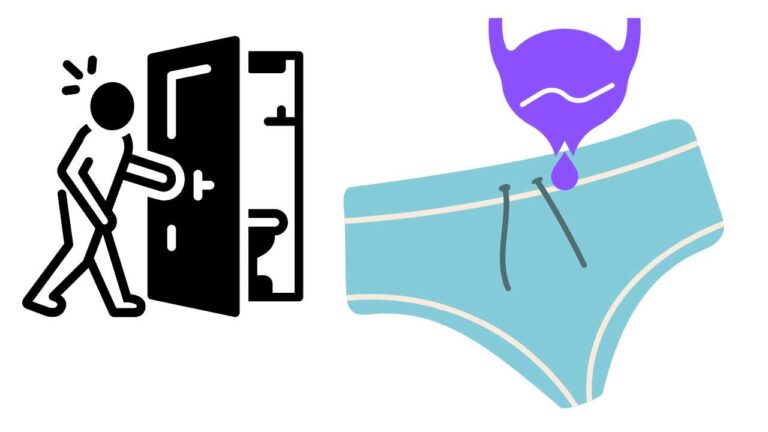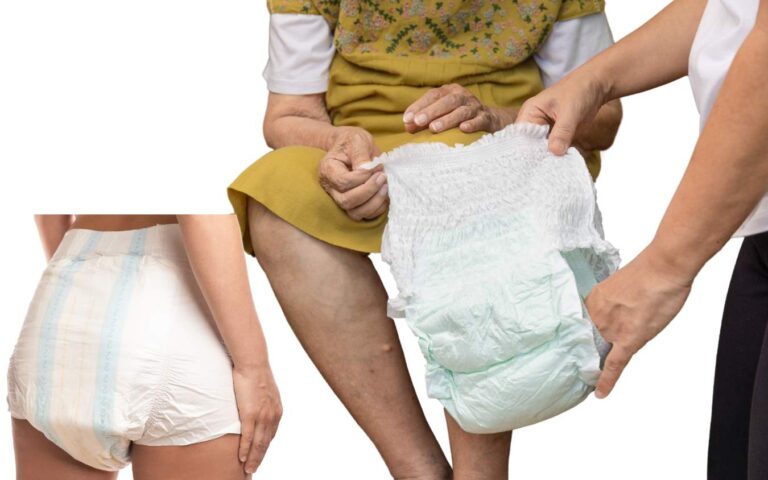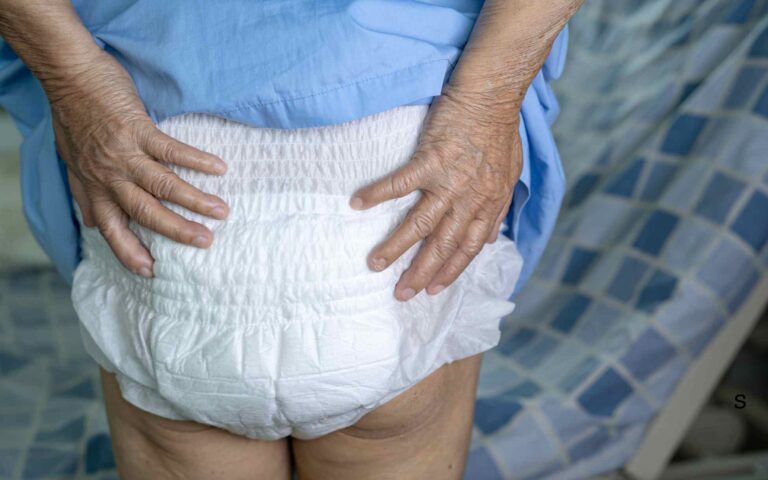How to Choose the Right Absorbency Incontinence Brief
You wear protection. But wetness still comes through. It feels bad. It stains clothes. It makes you worry. The problem is often simple. You need to know how to choose the right absorbency incontinence brief. The wrong choice causes trouble. Too little absorbency means leaks. Embarrassment follows. Too much absorbency is bulky. It feels like a…











